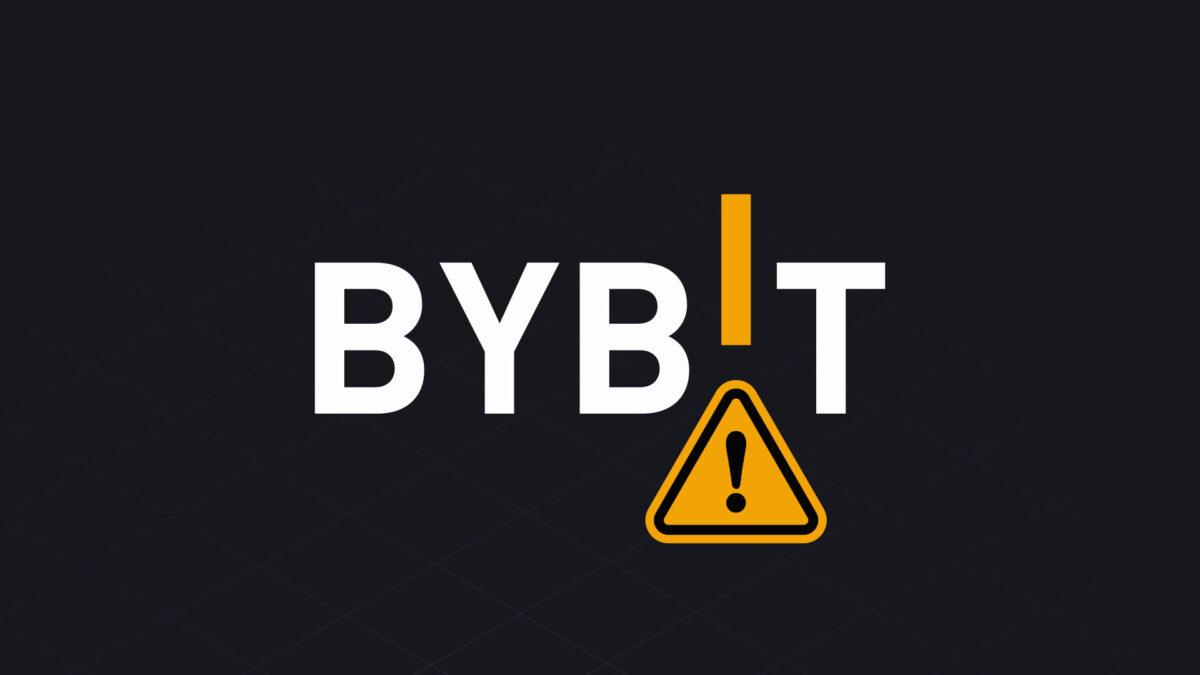Bitcoin is just one step away from its all-time high. With the continued entry of peripheral stock markets and institutional capital, it is only a matter of time before it breaks through its all-time high, while the performance of altcoins is relatively weak.
The crypto market has seen a short but fierce surge in recent days, with Ethereum soaring from a low of less than $1,400 to $2,700, driving altcoins and meme sectors to advance. However, behind this big rally, market sentiment is somewhat cold.
Analysts at StarEx Exchange believe that this rise lacks fundamental support: the market funding rate has hardly risen significantly, on-chain activities are sluggish, gas fees are at a freezing point, and Ethereum ETF has even seen capital outflows. Discussions in the community and media are also unusually quiet, and many investors are still deeply trapped. The rise is more like a catch-up rise - similar to the market at the end of 2024, Bitcoin rose first, hitting a record high, and then Ethereum and altcoins hurriedly followed suit, and ultimately most altcoins could not escape the cycle of "falling-halving-hitting a new low".
From Trump's change of attitude on tariffs to the preliminary agreement reached between China and the United States in Switzerland, market sentiment eased briefly, and Bitcoin broke through the $100,000 mark first, followed by a rotation of funds to Ethereum. But this round of "catch-up" is more like an arbitrage game for big investors. Data shows that after Ethereum skyrocketed, the open interest of exchanges surged rapidly, approaching the level of ETH at $4,000 in 2021. However, the on-chain ecology is still silent, indicating that this is not due to the growth of real demand, but a game of leverage and counterparty.
After the surge, the slightest movement of Bitcoin will cause altcoins to fluctuate greatly. Compared with the past, the altcoin market is now highly "involuted": the number of projects is flooded, the ecological construction is weak, the pressure of financing and unlocking continues, and there is a lack of projects with real technical accumulation and ecological moats. In the context of lack of fundamental support, many VC projects rely on "storytelling" to push up valuations, and then continue to lift restrictions and cash out, becoming a "harvest show" of capital.
Analysts at StarEx Exchange believe that another notable feature of this wave of market conditions is the absence of retail investors and the dominance of institutions. At present, market funds are becoming more and more concentrated, and group warming has become the main theme. Institutions and large investors tend to hold Bitcoin for the long term and use altcoins as short-term speculative tools. This is highly similar to the U.S. stock market: from 2022 to 2024, the S&P 500 rose 31%, but the Russell 2000, which represents small-cap stocks, fell 6.8%; from 2025 to date, the S&P 500 rose 1.3%, while the Russell 2000 fell 5.2%. If giants such as Microsoft, Apple, Nvidia, Meta, and Amazon are excluded, the overall performance of U.S. stocks is even weaker.
In other words, the bull market in the US stock market belongs to only a few giants, and the market of the crypto market is increasingly concentrated on Bitcoin, a "super asset". Bitcoin has become the "gold + technology stock" combination of the new era, and has won the favor of more funds in the context of hedging geopolitical risks and currency depreciation.
The altcoin season seems to be gone today. In the past, altcoins were limited in number, fully circulated, had a small market capitalization, and were basically product-driven. Today, however, altcoins are huge in number, overvalued, and continuously unblocked, and most of them lack landing products or real users. This means that unless you have the ability to make early layouts and a deep understanding of product logic, investing in altcoins is more like a "gambler's game."
Even industry leaders like Arthur Hayes believe that a decent "altcoin season" will not occur until Bitcoin breaks through $150,000 and the bull market is further confirmed. He predicts that this may happen in the summer of 2025 or the beginning of the third quarter, but he also emphasizes that the rotation of funds is selective, and not all altcoins will take off.
Analysts at StarEx Exchange believe that the reality is even more cruel: institutions are no longer willing to hold altcoins for a long time, and retail investors are more cautious after being harvested for many years. Only projects with real products, ecosystems, and users have a chance to gain short-term attention. This also means that in the future, altcoins will no longer be a feast of "rain and dew for all", but a "carefully selected" gold rush.
Only "hard assets" such as gold and Bitcoin have the ability to cross cycles. Altcoins and meme coins are more suitable for short-term trading and emotional gaming, and the structural market of altcoins will last for a long time.
Hold on to core assets, accumulate slowly, seize the structural market and don't fight too long.







